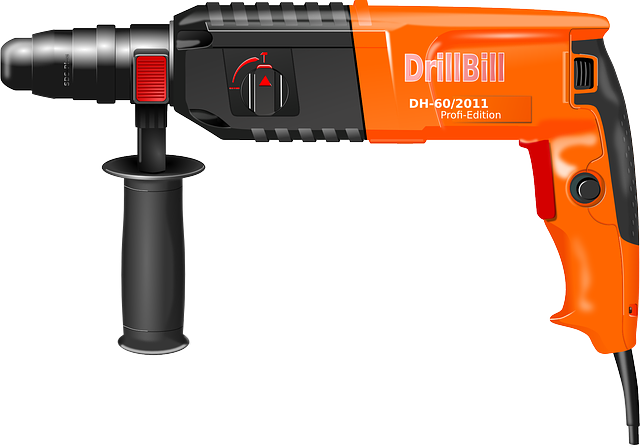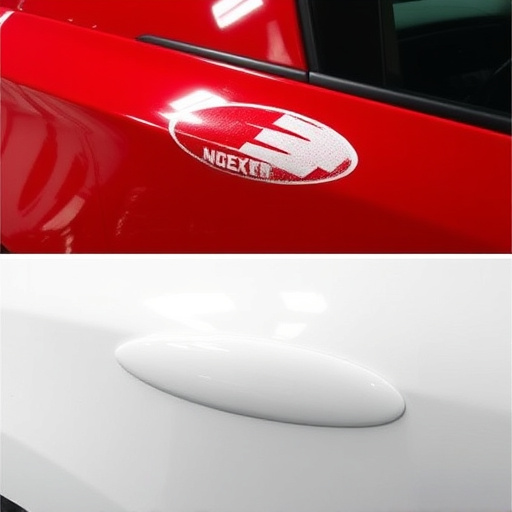TL;DR: Repair status updates are essential for maintaining open communication and managing expectations between auto collision repair shops and customers, especially during complex procedures like dent removal. By providing regular, detailed progress reports in a clear format (including current stage, estimated completion time, and challenges), service providers can proactively address customer concerns and enhance satisfaction levels. Prompt updates about part delays foster trust, streamline workflows, and prevent reputational damage, ultimately improving the accuracy and timeliness of repair status updates.
In today’s fast-paced world, efficient communication is key in any process, especially during complex repairs. Understanding and providing repair status updates is crucial for maintaining transparency and customer satisfaction. However, delayed parts pose a significant challenge, disrupting workflows and keeping clients in the dark. This article delves into the impact of such delays on update systems, exploring strategies to streamline processes and enhance communication, ultimately ensuring a smoother repair experience. Learn how to navigate this common hurdle with effective solutions for repair status updates.
- Understanding Repair Status Updates: The Basis for Effective Communication
- Delayed Parts: A Major Roadblock in Repair Processes and Transparency
- Strategies to Mitigate the Impact of Delayed Parts on Repair Status Updates
Understanding Repair Status Updates: The Basis for Effective Communication

Repair status updates serve as a bridge between service providers and customers, fostering transparent communication throughout the repair process. They provide regular, detailed insights into the progress of tasks, ensuring both parties are aligned on expectations and timelines. In the context of collision repair or car paint services, where intricate work like dent removal is involved, these updates are crucial. They not only allay customer concerns but also facilitate proactive problem-solving, leading to higher satisfaction levels.
Effective repair status updates follow a clear, consistent format, outlining key information such as current stage of repair, estimated completion time, and any challenges encountered. For instance, in the event of delayed parts, updating customers promptly about the expected delivery date and its impact on the overall timeline helps manage their expectations. This proactive approach builds trust and strengthens the relationship between service providers and their clients.
Delayed Parts: A Major Roadblock in Repair Processes and Transparency

Delayed parts can significantly hinder the progress of repair processes, causing frustration for both customers and auto body shops alike. When essential components required for a car damage repair or auto painting task are late in arriving, it disrupts the entire workflow, often resulting in extended turnaround times for providing repair status updates to clients. This lack of transparency can strain customer trust, as they may be left wondering about their vehicle’s condition and when they’ll receive their updated vehicle back.
Moreover, delayed parts can lead to increased costs, as body shop services may need to be temporarily halted until the necessary materials are secured. This not only impacts the efficiency of the repair process but also adds financial strain on both parties involved. Effective communication regarding part delays is essential for managing customer expectations and maintaining a positive reputation in an industry where timely service delivery is paramount.
Strategies to Mitigate the Impact of Delayed Parts on Repair Status Updates

To mitigate the impact of delayed parts on repair status updates, auto collision repair shops can implement several strategies. Firstly, they should prioritize communication with customers from the outset, clearly outlining potential delays and setting realistic expectations. This transparency builds trust and ensures that customers are informed throughout the entire vehicle repair process.
Additionally, maintaining an efficient inventory management system is key. By keeping track of part availability and lead times, collision repair shops can anticipate and proactively order parts in advance, reducing the likelihood of delays. Regularly reviewing supplier performance and exploring alternative sourcing options also help ensure timely delivery, ultimately improving overall repair status updates.
In summary, delayed parts significantly hinder effective communication through repair status updates, leading to frustration for both customers and service providers. However, by implementing strategies such as proactive part tracking, transparent communication channels, and efficient inventory management, the impact of these delays can be mitigated. Enhancing these processes ensures smoother repairs, boosts customer satisfaction, and ultimately strengthens the reliability of repair services.














